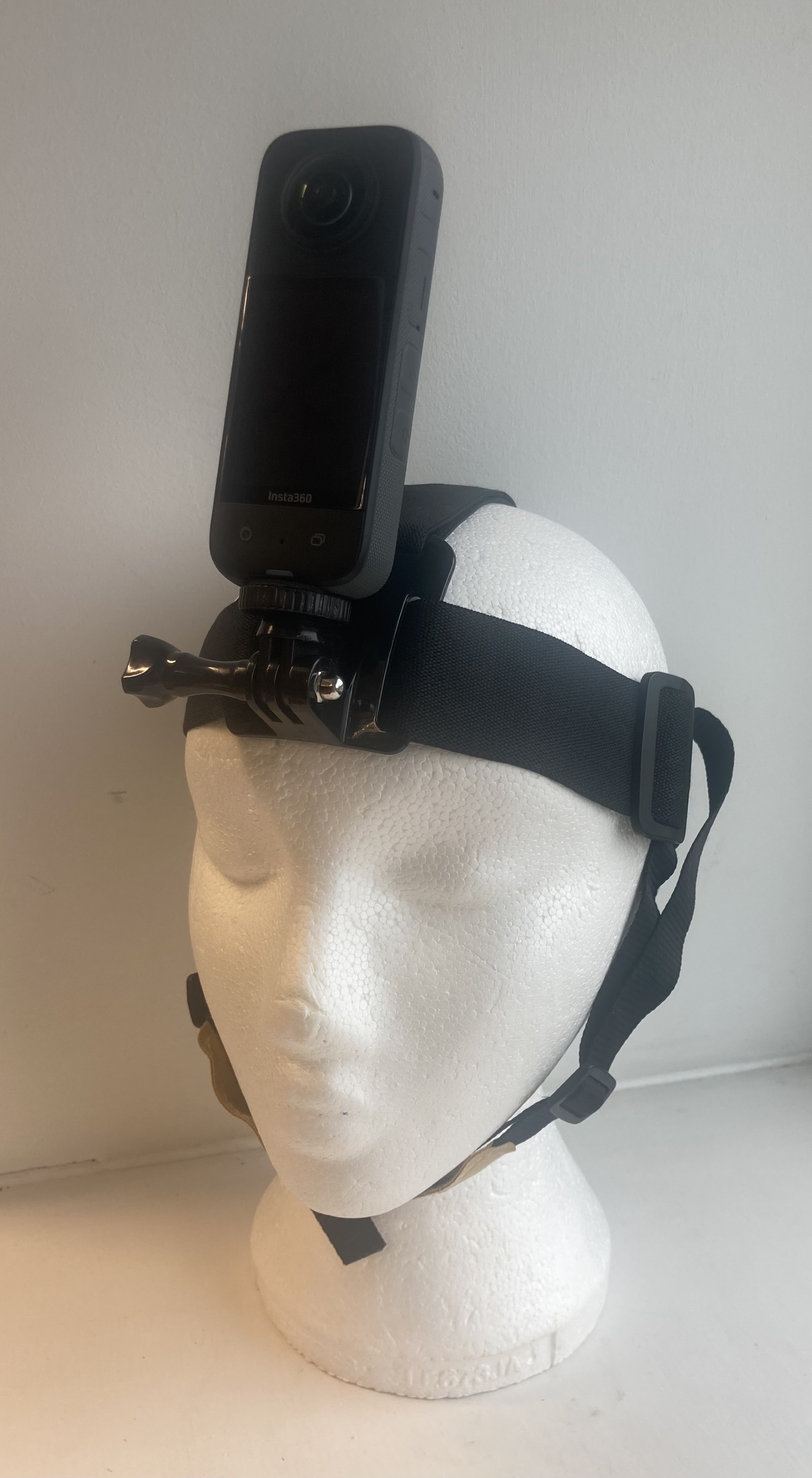Recently Ian Cunningham and Duncan Mascarenhas work has been featured on BBC click.
In the dynamic world of sports refereeing, precision and decision-making are crucial. A recent development at Edinburgh Napier University revolutionises how referees train and improve their skills, particularly in touch rugby.
The Evolution of Referee Training
Touch rugby demands swift decisions from referees, similar to rugby but with a focus on touches instead of tackles. These decisions can significantly impact the flow and fairness of the game. Traditionally, referees rely on post-match feedback accompanied by traditional video review and sideline observations to refine their skills. However, thanks to innovative technology, this process is now taking a leap forward.
Introducing 360-Degree Camera Technology

Edinburgh Napier University has repurposed standard 360-degree camera technology to enhance referee training. Placed atop the referee’s head, this camera captures a complete 360-degree view of the game environment. This allows referees and their coaches to review decisions, player interactions, and positional awareness from multiple angles post-match.
Benefits of 360-Degree Analysis
- Comprehensive Feedback: Referees can see how their decisions and interactions with players unfold from every perspective, improving self-awareness and contextual decision-making skills.
- Enhanced Coaching: Coaches gain valuable insights into the referee’s viewpoint and can analyse missed opportunities or positioning errors in real-time, emphasising a referee-centered approach.
- Immersive Learning: Referees experience a more immersive review process, identifying nuances in gameplay that may not be apparent during real-time officiating or through more traditional forms of video.
Impact and Future Applications
This technology isn’t just a tool for current training sessions—it’s poised to elevate referee standards for the upcoming World Touch Championships. By refining decision-making and situational awareness, referees aim to ensure fair play and accurate officiating on a global stage.
Conclusion
The integration of 360-degree camera technology into referee training at Edinburgh Napier University marks a significant advancement in sports officiating. As sports evolve, so too must the tools and methods used to train officials. This innovative approach promises to set new standards in sports officiating, enhancing fairness and accuracy in every game.
For those interested in the intersection of technology and sports, this development represents a fascinating glimpse into the future of referee training and performance evaluation. For further information on Ian Cunningham and Duncan Mascarenhas’s research, some study findings can be found here (https://doi.org/10.1123/cssep.2023-0002).
